Capture the Moment!
Since 2013, I’ve published hundreds of blog posts on all aspects of photography. Some are aimed at helping photographers with their technique, settings, and equipment, but others describe my exhibitions, workshops, and adventures in Africa, Antarctica, and beyond.
Feel free to browse chronologically or click on the heading above any post for specific categories, such as Equipment, Trips or Hints and Tips.
If you’d like to write a guest post, please drop me a line on +44 7942 800921 or at nick@nickdalephotography.com.
(Please note that some posts contain affiliate links from which I can earn a small commission.)
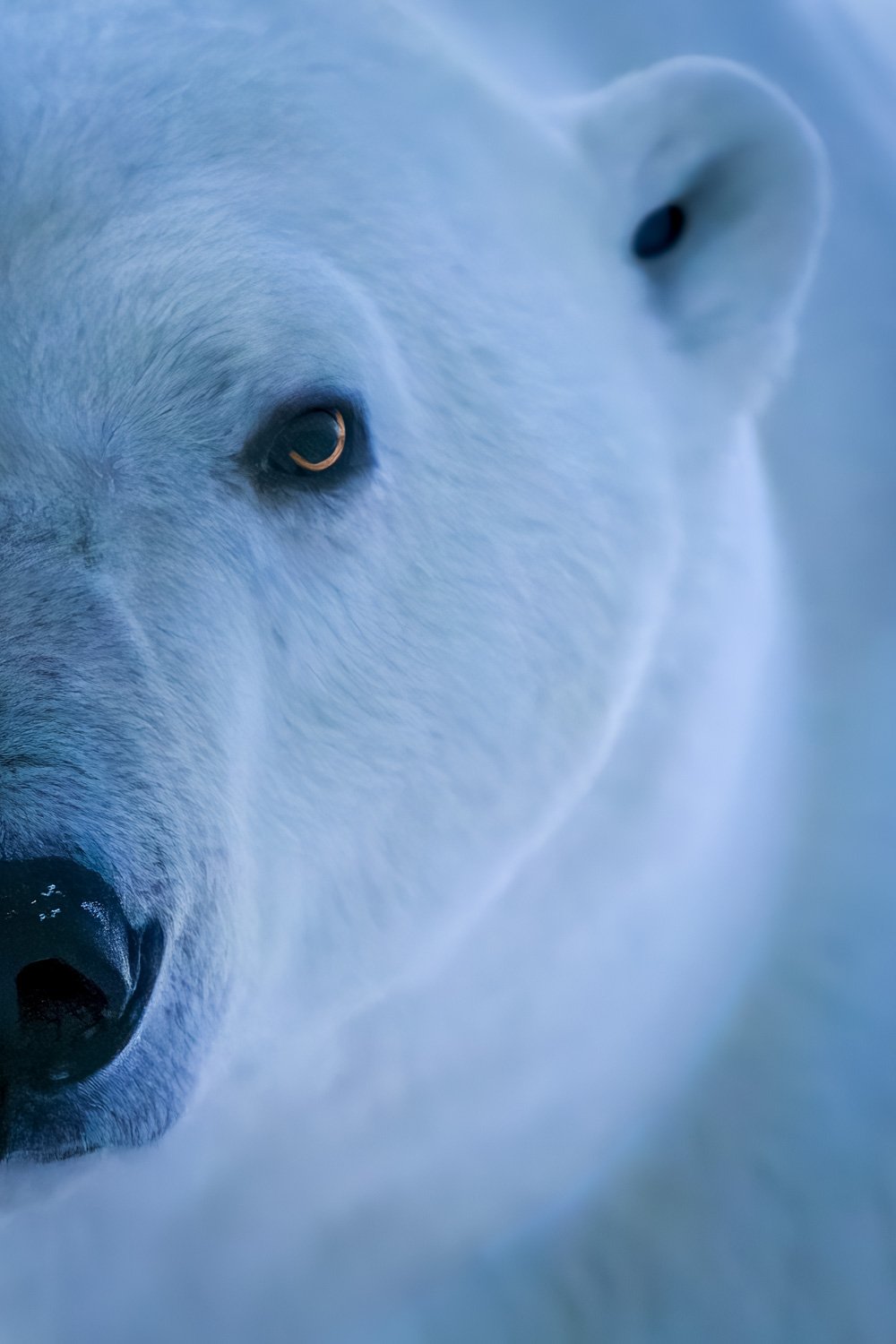
How to Avoid and Remove Noise
Noise is the bane of many wildlife photographers. It can easily ruin images shot in low light, and there’s no easy way to fix it. However, photography is all about trade-offs, and there are a number of things you can do in terms of your choice of equipment, your settings and your editing workflow that should allow you to create clean, high-quality images whatever the conditions.
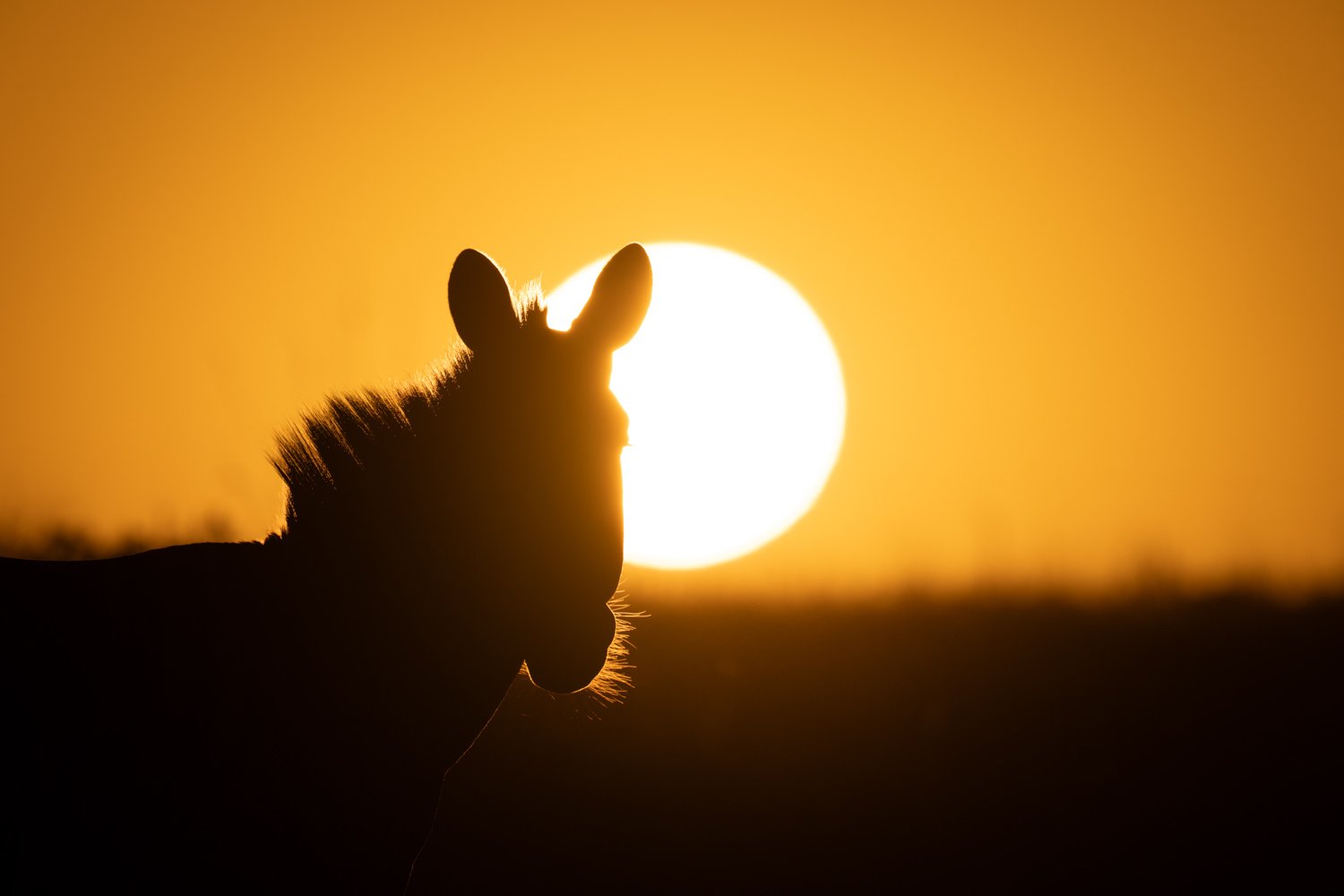
How to Improve Your Backgrounds
By definition, the background isn’t supposed to be as important as the subject, right? Well, that may be true, but the real point should be that you usually have far more control over the background than the wildlife! Here’s a pick-and-mix list of things you can do to improve your backgrounds—either by removing something negative or adding something positive.

How to Shoot Handheld
The first photograph was taken in 1826 by Joseph Nicéphore Niépce using a shutter speed of eight hours! He had to keep the camera still for so long that he needed a tripod. However, modern cameras and smartphones have brought shutter speeds down so far that most people shoot handheld. So what’s the best way to do it?
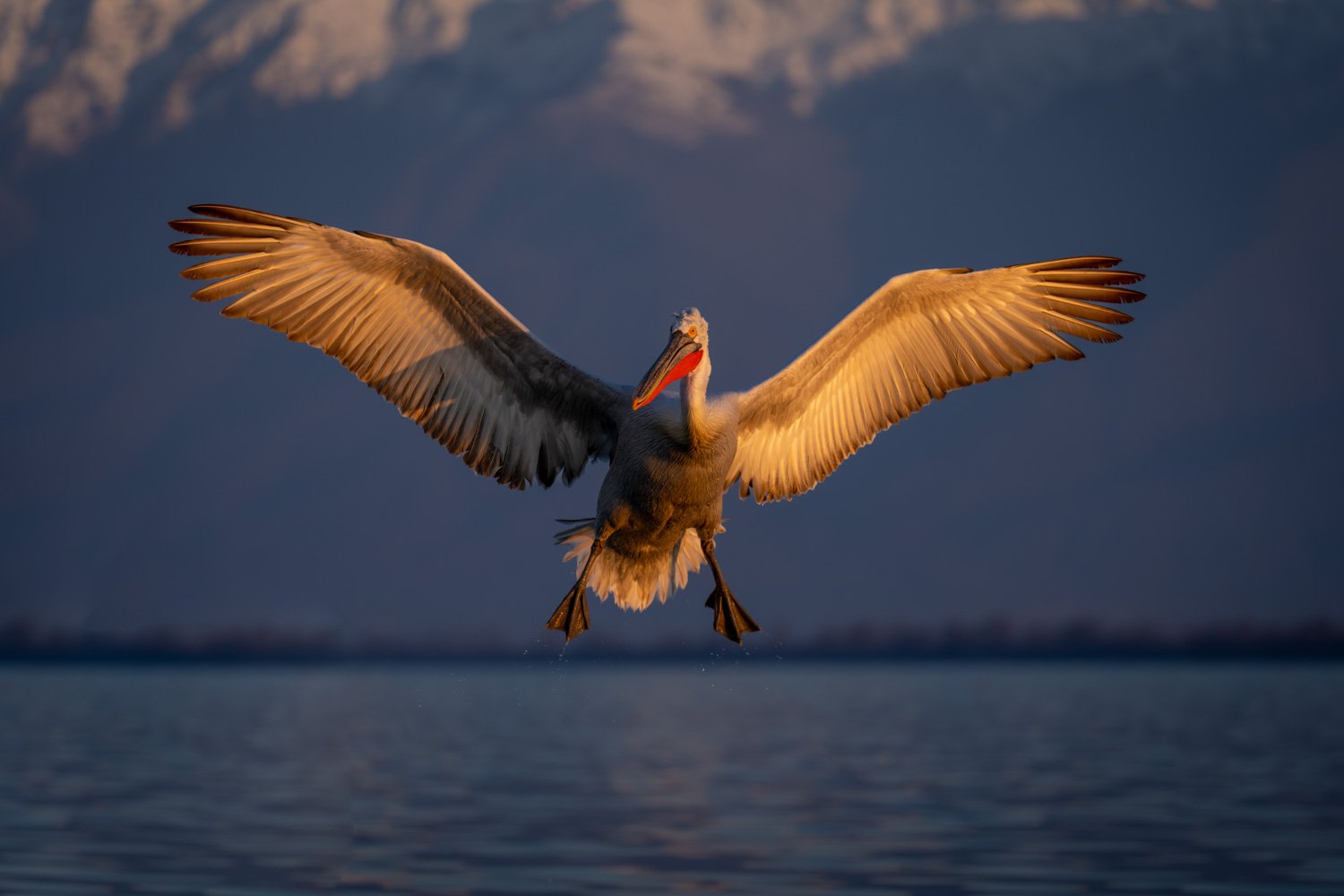
Dust, Air and Spume!
According to Paul Goldstein, dust, air and spume are the “Holy Trinity of wildlife photography”. The idea is to show energy and movement by showing the dust thrown up by galloping hooves, animals and birds ‘getting air’ and the spume created by action shots in water.
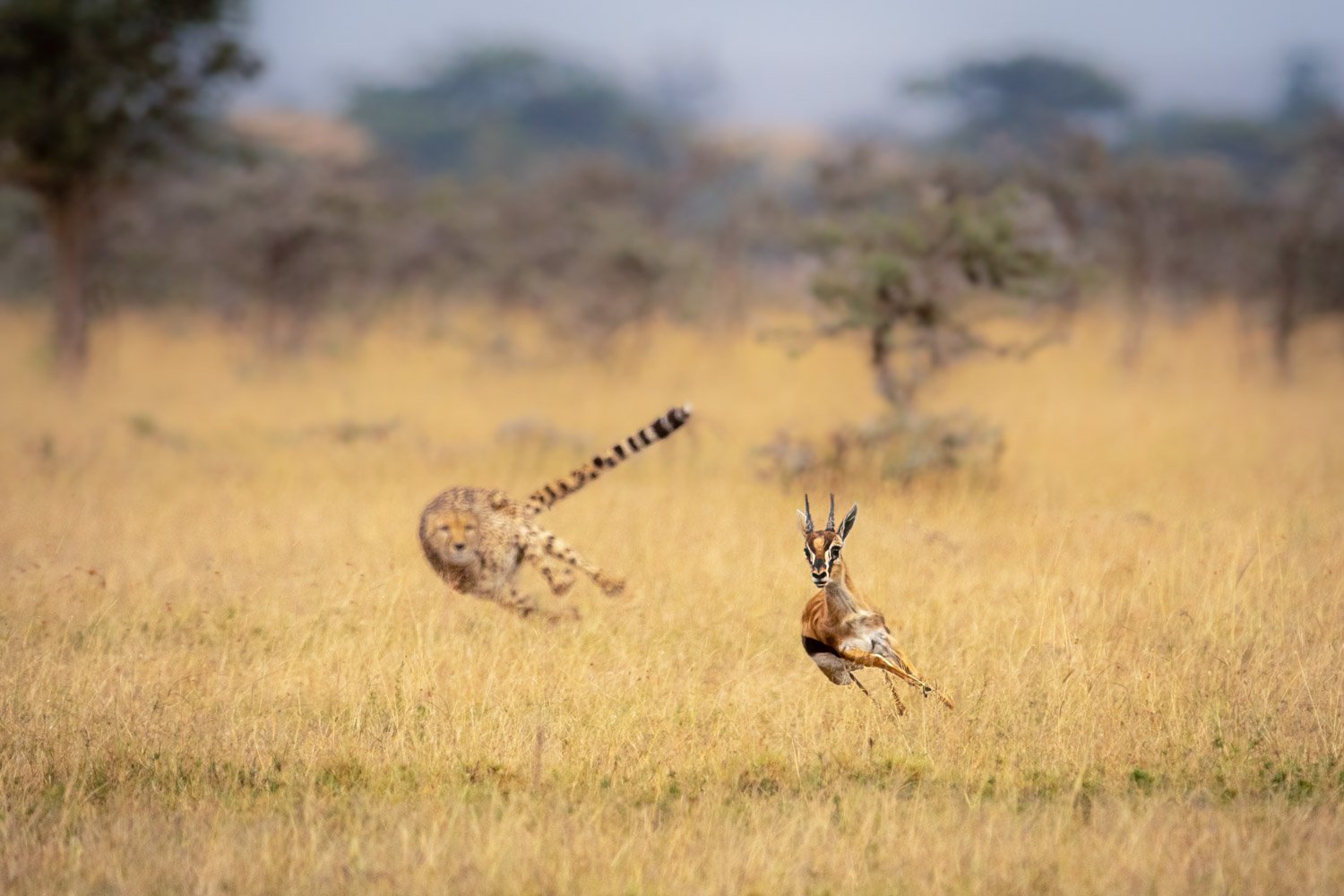
Clash of the Continents
I’ve taken pictures in 36 countries on all seven continents, so I thought I should talk about the best one to visit for wildlife photography. Is it North America for grizzlies and polar bears, South America for jaguars and pumas, Antarctica for penguins and seals, Europe for bears and birds, Asia for tigers, Oceania for kangaroos and duck-billed platypuses or Africa for predators and prey?!
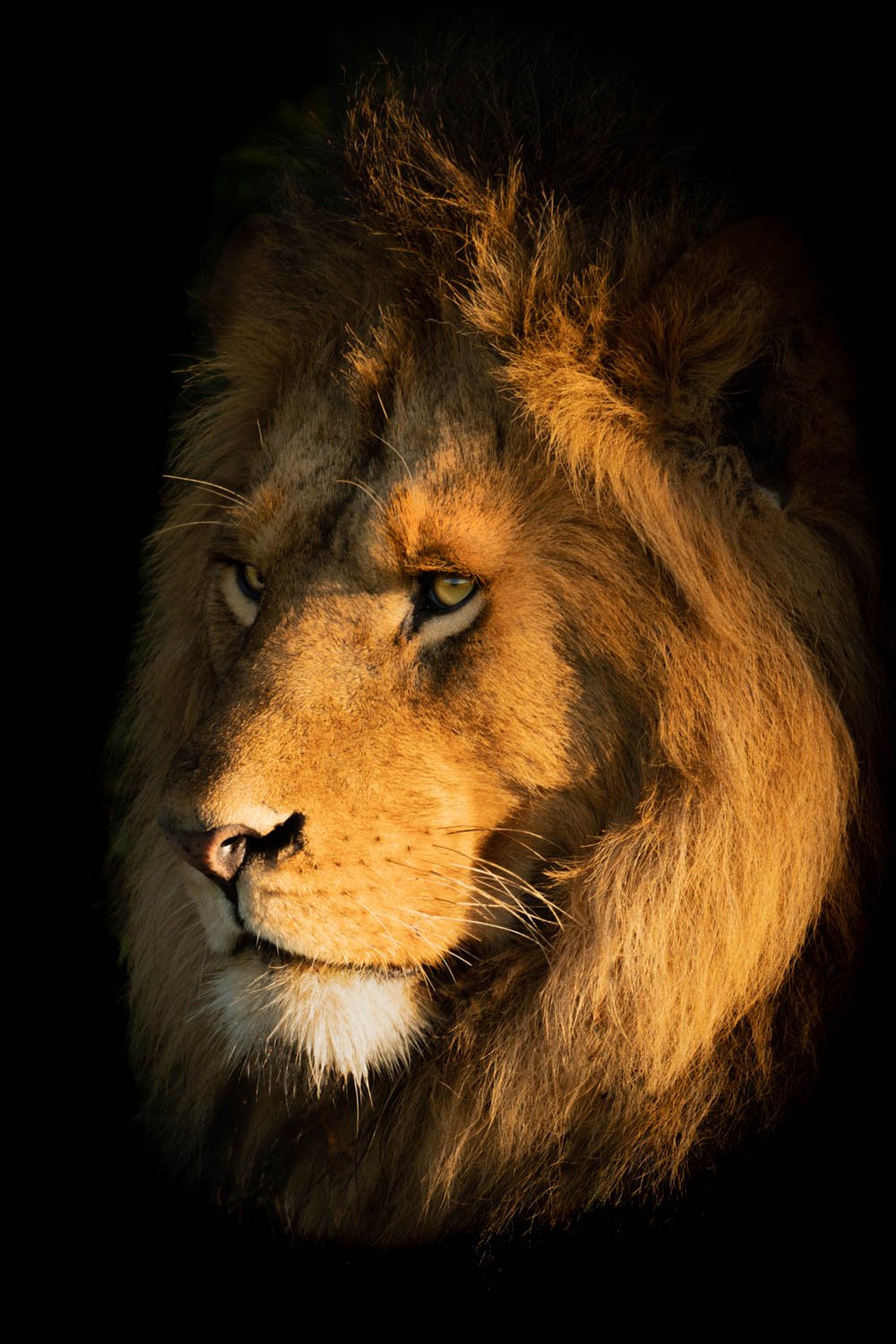
How to Photograph the Big Cats
One of the most popular subjects in wildlife photography is the big cats—including the tiger, lion, jaguar, puma and cheetah. I’ve photographed all of them in the wild, and here are a few tips I picked up along the way…
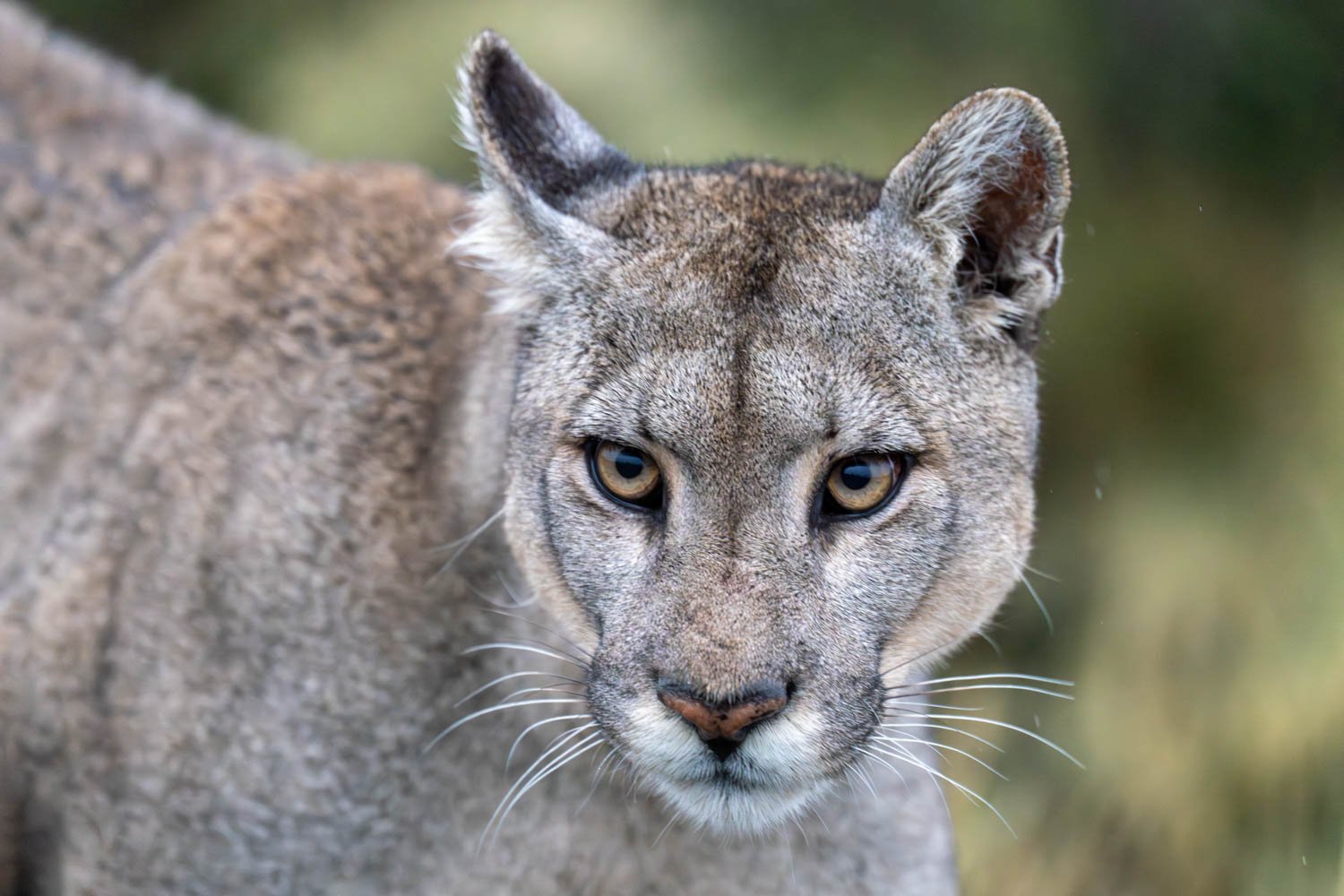
Windy Paine
Sea lions, penguins, foxes, pumas, guanacos, rheas, condors, short-eared owls, American tourists, Spanish speakers, Singer sewing machines, waterfalls, sunshine, snow, rain, lenticular clouds, wind, wind and more wind—and did I mention the wind?! That’s what you get when you travel to Torres del Paine in Chile.
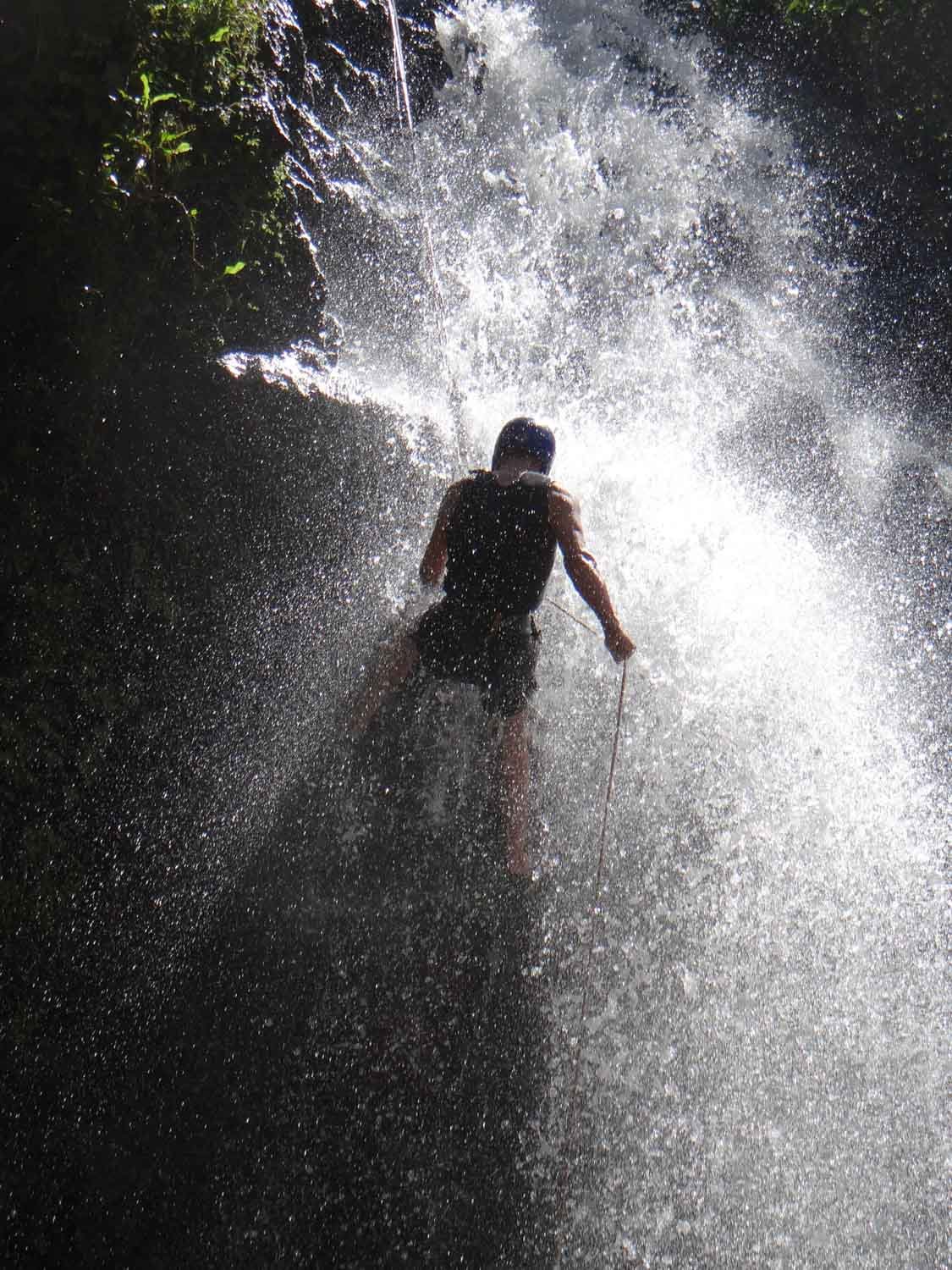
Dress for Success!
Wherever you go in the world to take pictures, it’s important to wear the right clothing. I’ve worked as a photographer in 26 countries on all seven continents, so I thought I’d give you the lowdown on what I usually wear in different places and in different conditions.
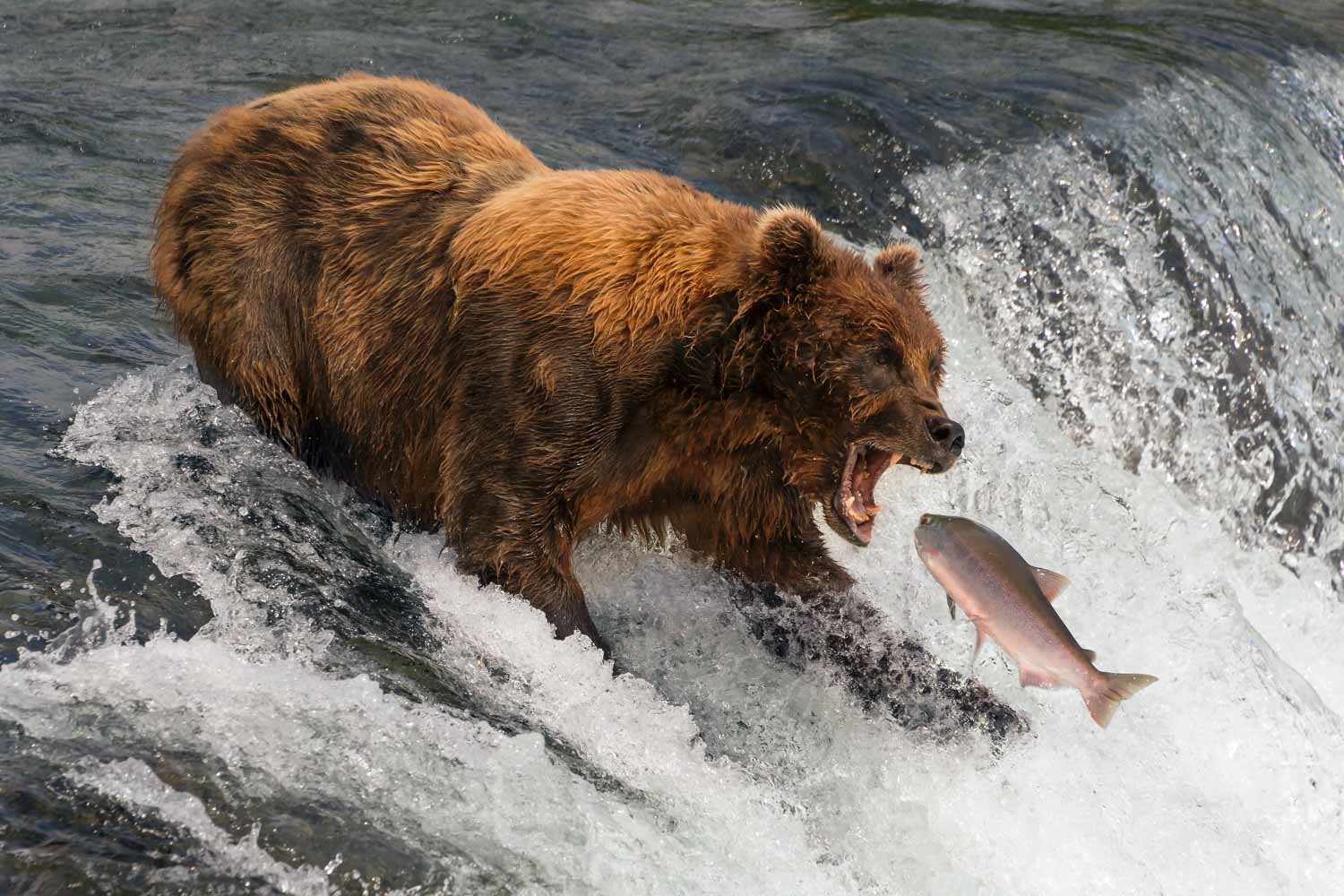
Experiment with Lens Blur
Lightroom's latest release (13.0.1) has just come out, and it offers a cool new AI feature called Lens Blur that works with any image format. It's labelled 'Early Access', so it's experimental and doesn't (yet) work with masking or presets or include sharpening, but it's a great way to add creative blur in post.

Accessorise!
If you want to buy a camera or lens for wildlife photography, there are probably millions of online articles to give you all the advice you need, but what about accessories? Tripods, filters and cleaning kits might not be as sexy, but when you need them, you really need them!

The Two-second Rule
How long does it take you to get ready to photograph something? If it’s more than two seconds, you might miss your chance. The ‘two-second rule’ is a way of crystallising the importance of being ready at all times. Birds fly away, animals turn their backs, and some idiot in your vehicle might drop something and scare off all the wildlife!
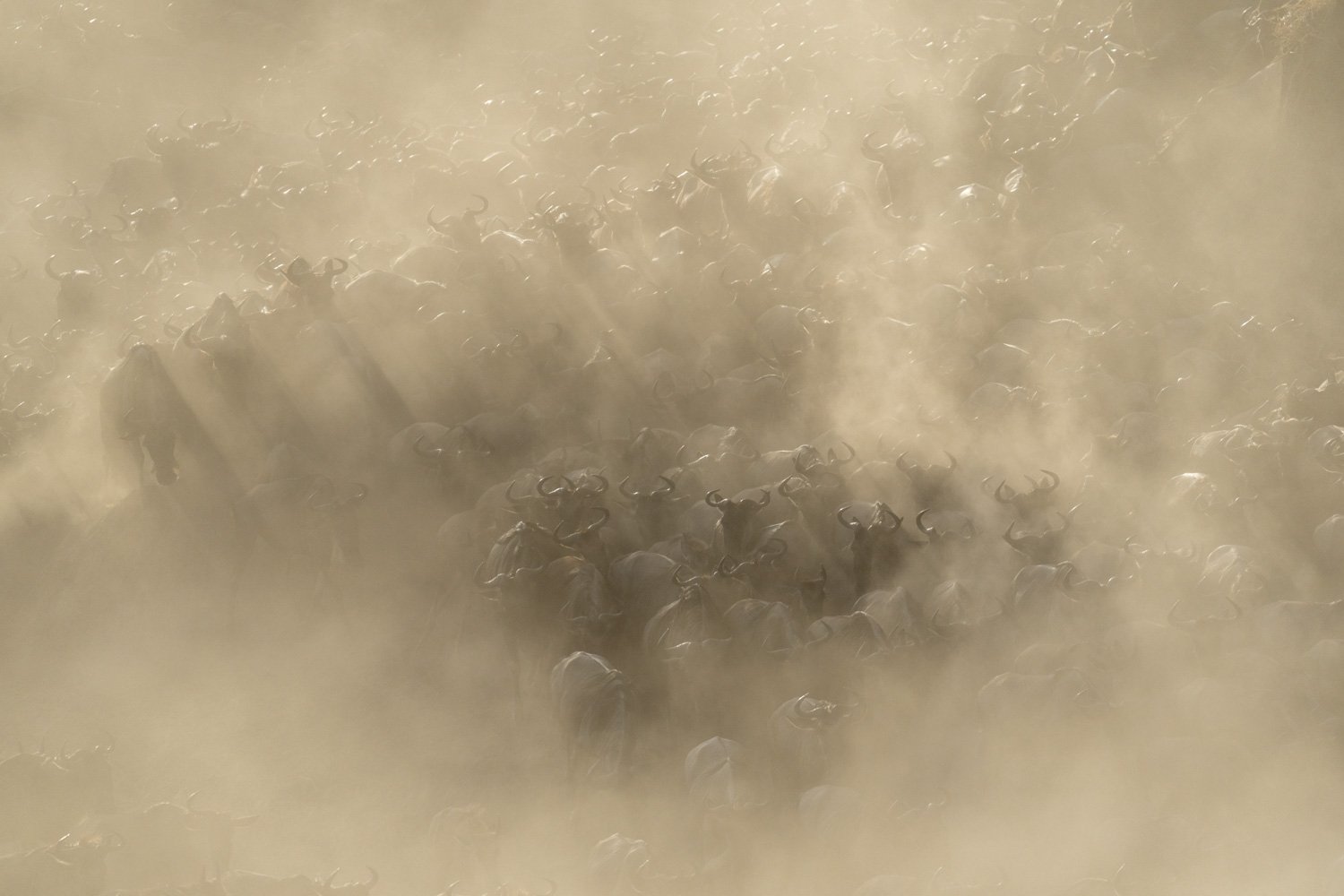
Sony ⍺1 Field Test
I’ve been using my pair of Sony ⍺1 cameras for a couple of years now, and I thought it would be worth doing a proper field test. I’ve just come back from a couple of weeks in the Serengeti photographing the Mara river crossing, so how did they perform?
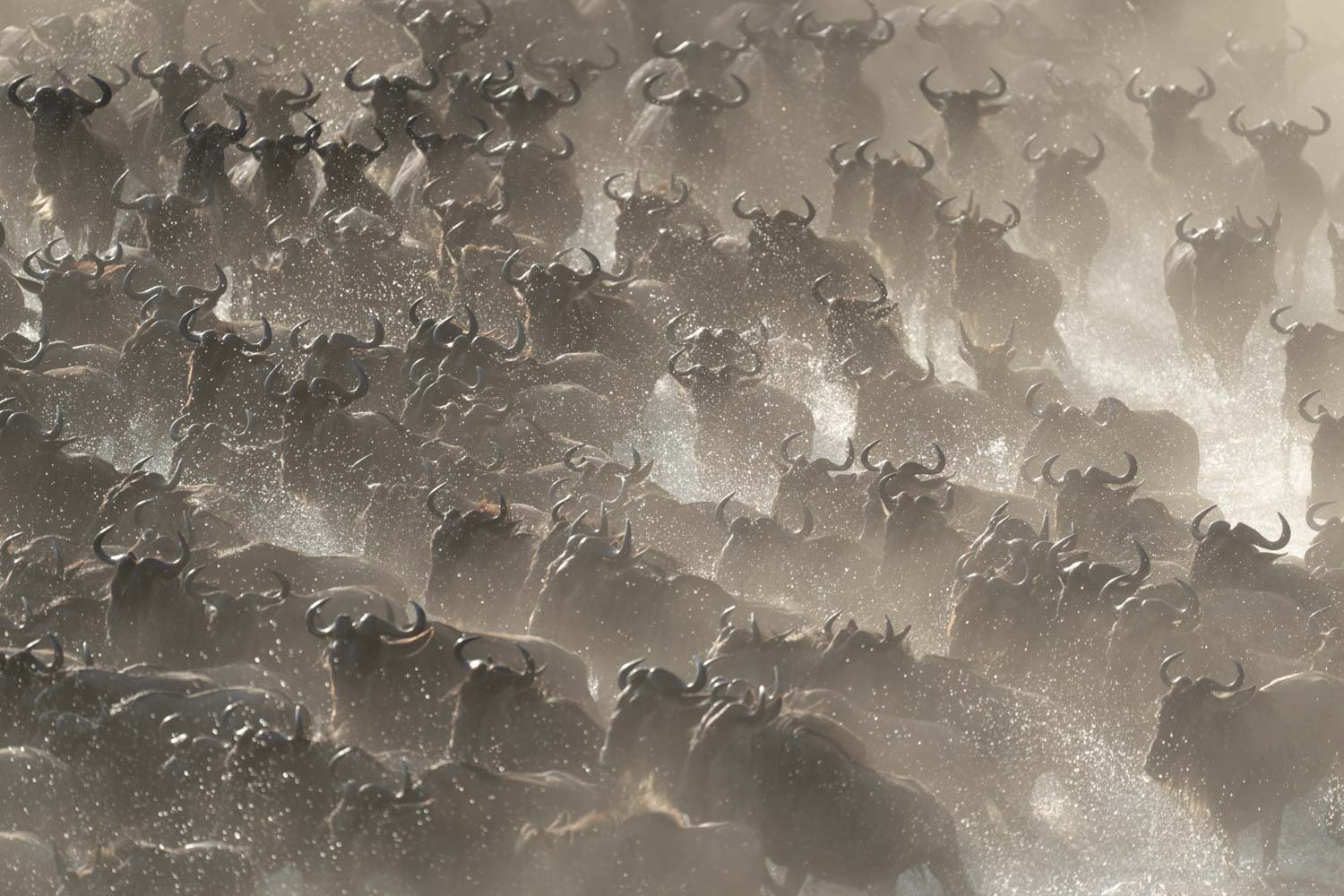
Eight Ways to Photograph Crowd Scenes
As a wildlife photographer, I find crowd scenes very difficult. I’ve just looked through my Top 100 shots of all time, and only one of them had more than four subjects!
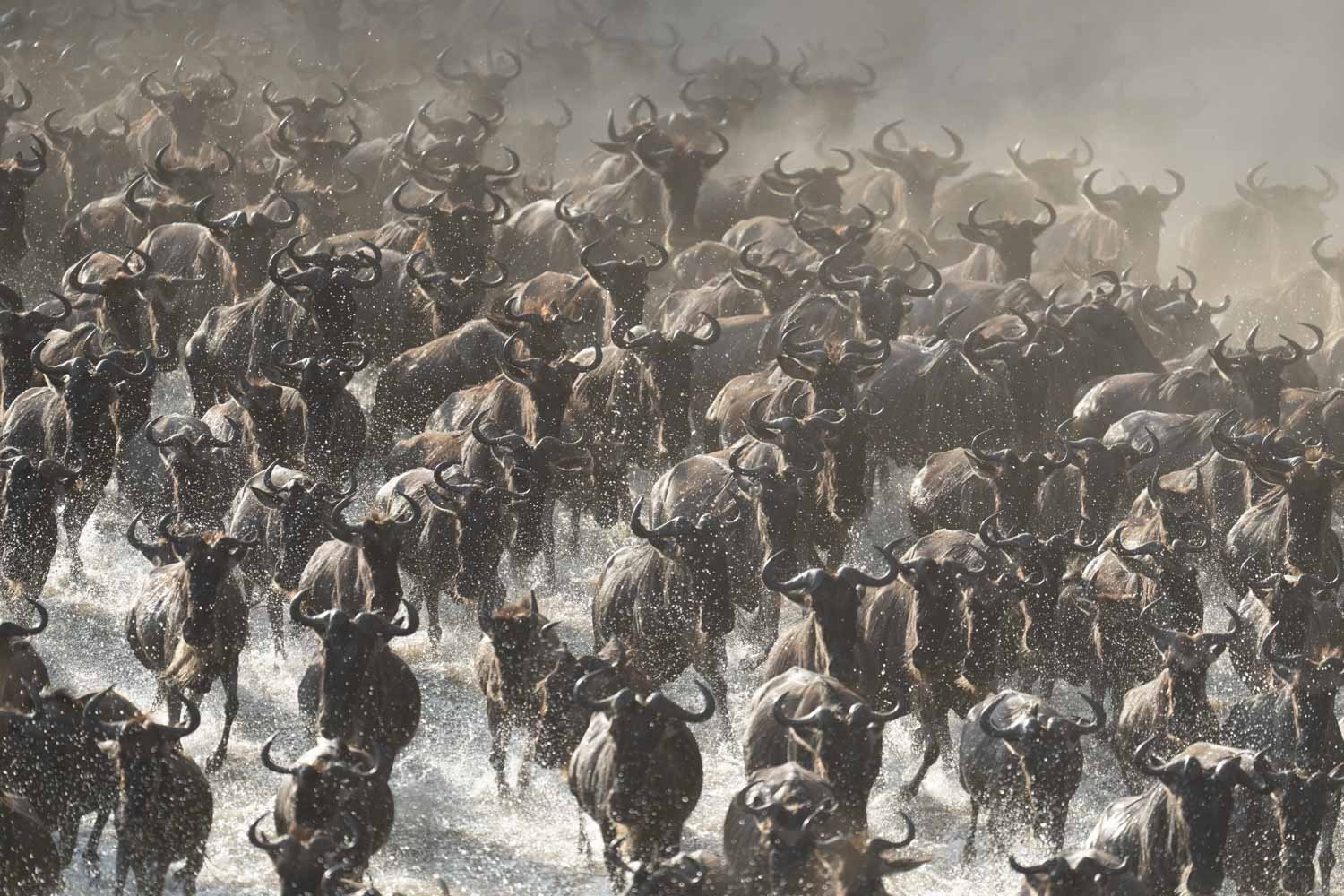
Mara River Crossing
Beautiful women, power cuts, cold water, wildebeest, rain, laughter, one business class seat and 78,000 photos. That’s what I got when I went to see the Mara river crossing in the Serengeti National Park!
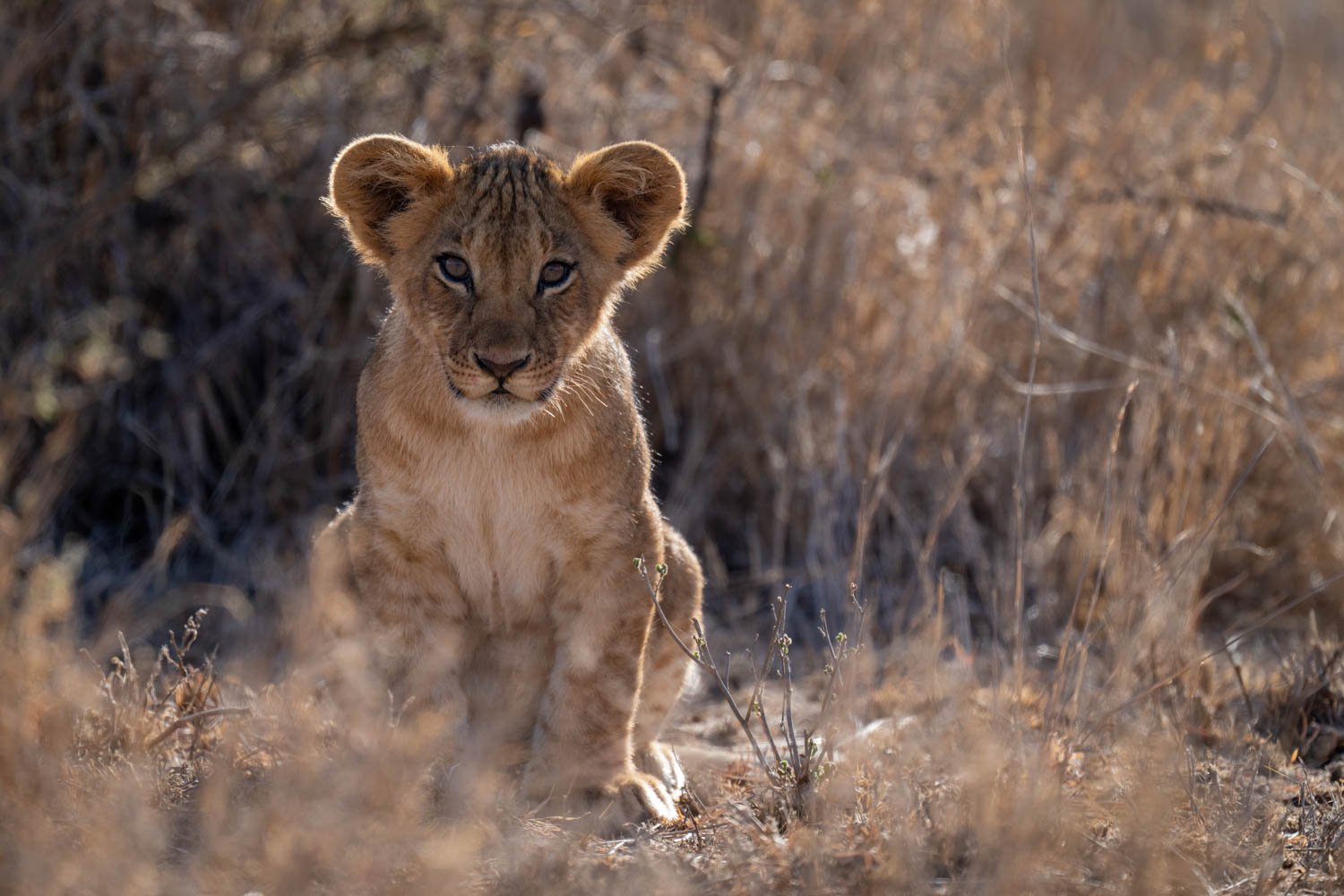
Fieldcraft
What is ‘fieldcraft’ exactly? Well, it’s the combination of knowledge and experience that lets you maximise your chances of taking good wildlife shots by knowing where and when to go and being able to predict what happens next.
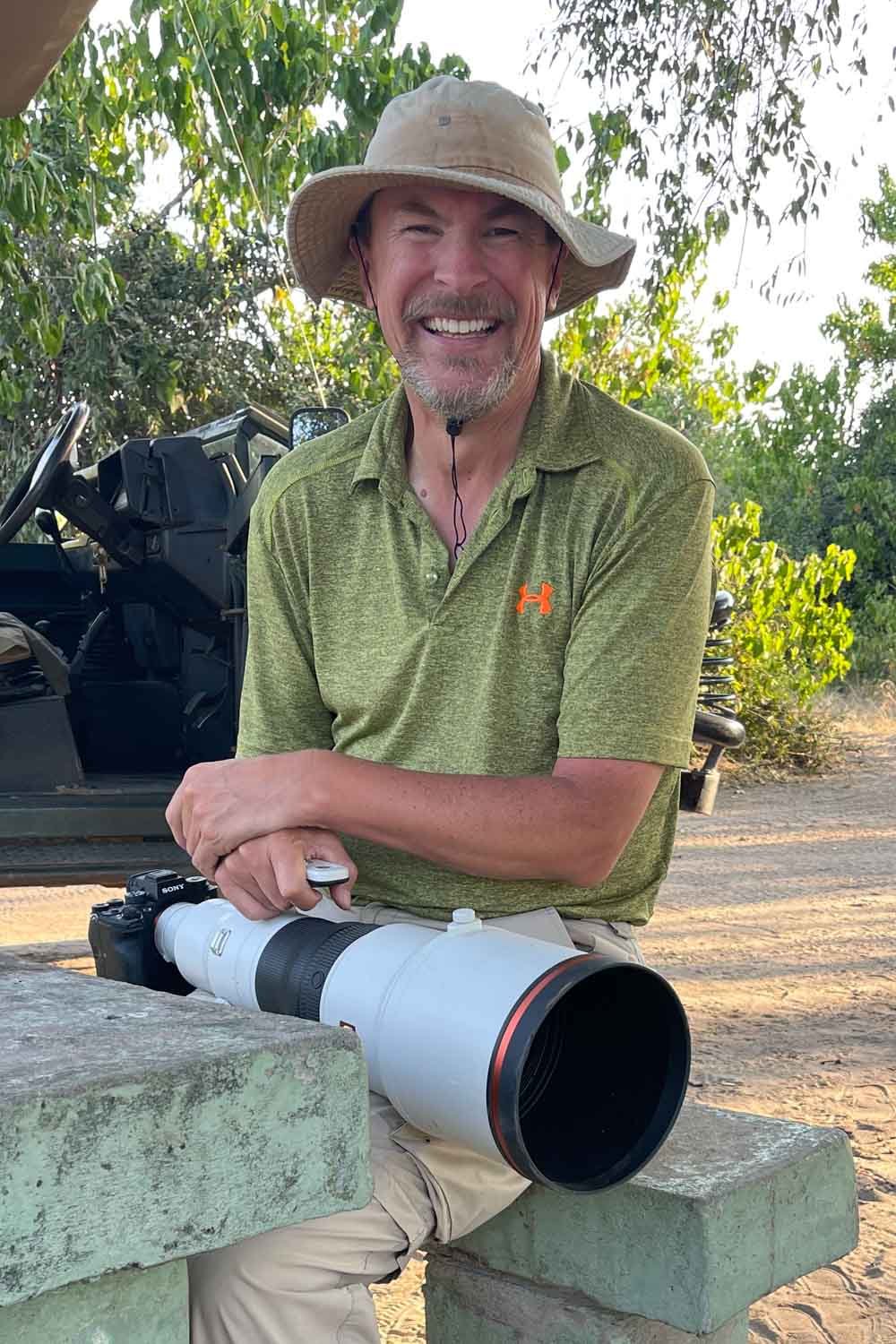
Get to Know Your Camera Gear!
I often meet guests on safari who have just bought a new camera but haven’t had a chance to work out how to use it properly. They couldn’t be bothered to read the manual, they didn’t have time to take any pictures or they were supposed to go on a course, but they were too busy…
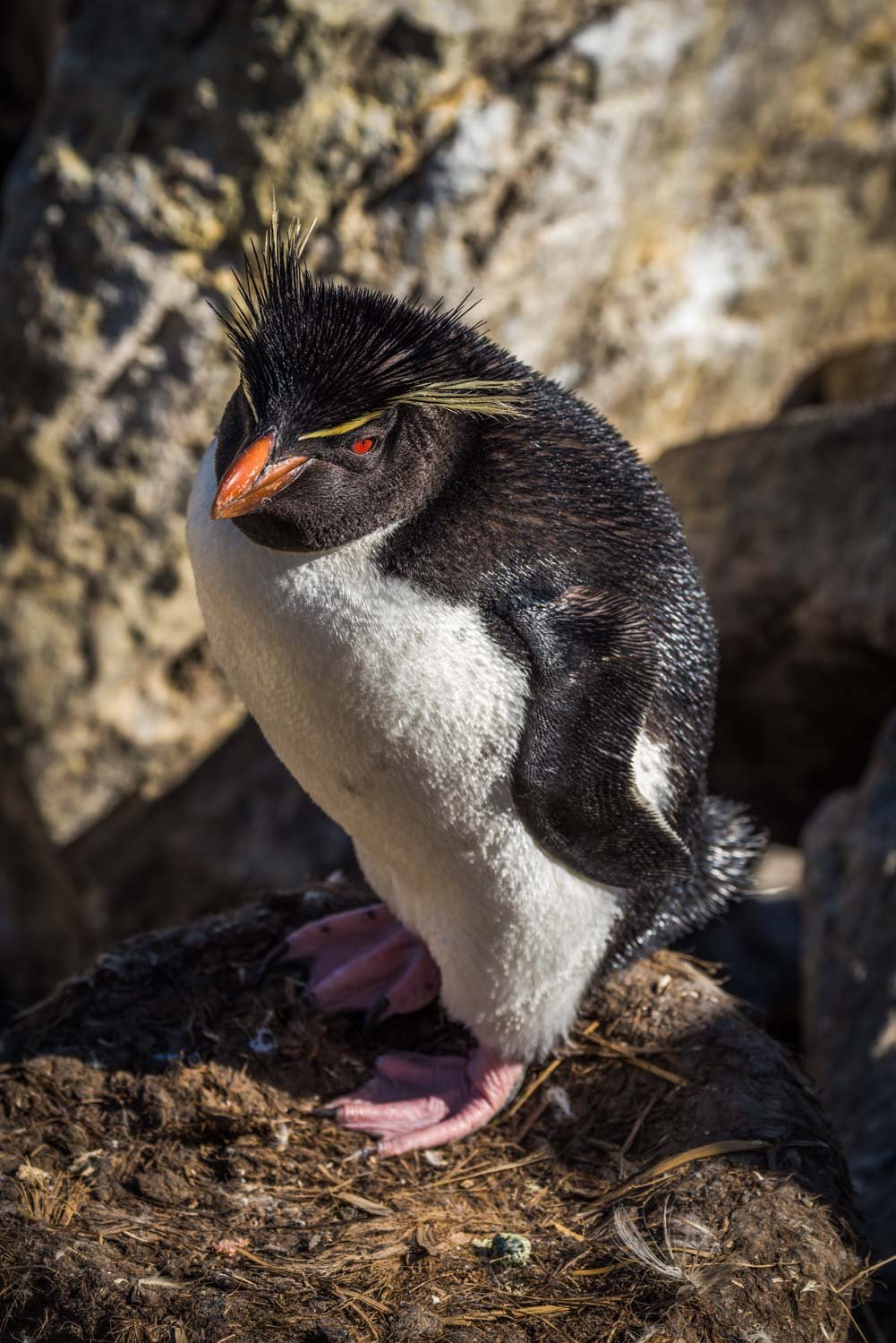
When to Abandon Default Settings
When you become a wildlife photographer, people give you lots of instructions about how to take pictures. They’re all good starting points, but the rules don’t always apply!
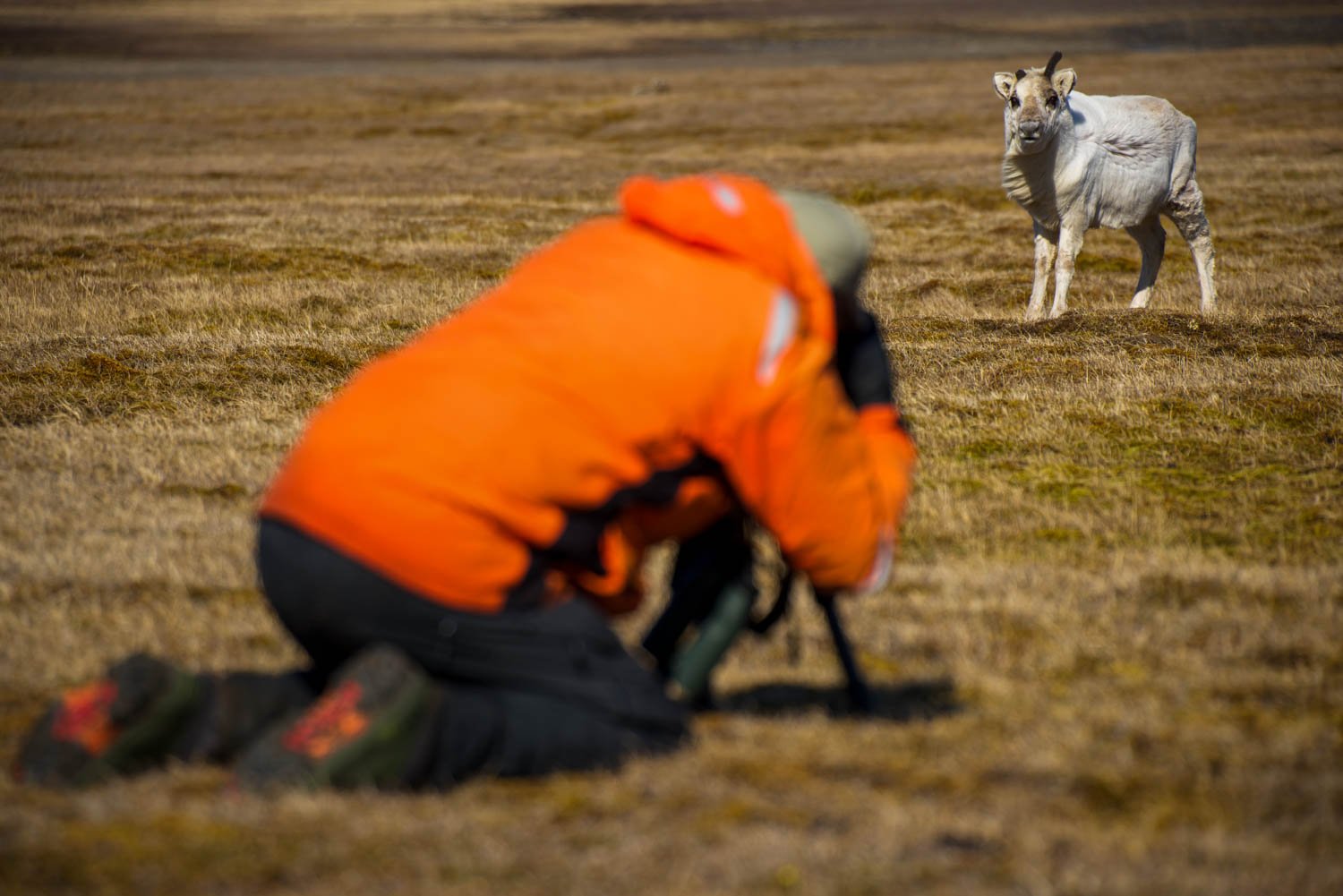
Find a Travel Company you Like and Stick with it!
Professionals like Andy Skillen are funded by the BBC and other clients to go on photographic trips around the world. The rest of us have to make do with booking our own—often at great expense! So what’s the solution?

Create a Shot List
I have to confess that I very rarely make a shot list. The problem is that I’m a freelance wildlife photographer, so I don’t have clients to satisfy, and I’m happy to take pictures of whatever I happen to see. As Matt Kloskowski is fond of saying, I ‘embrace the chaos’!
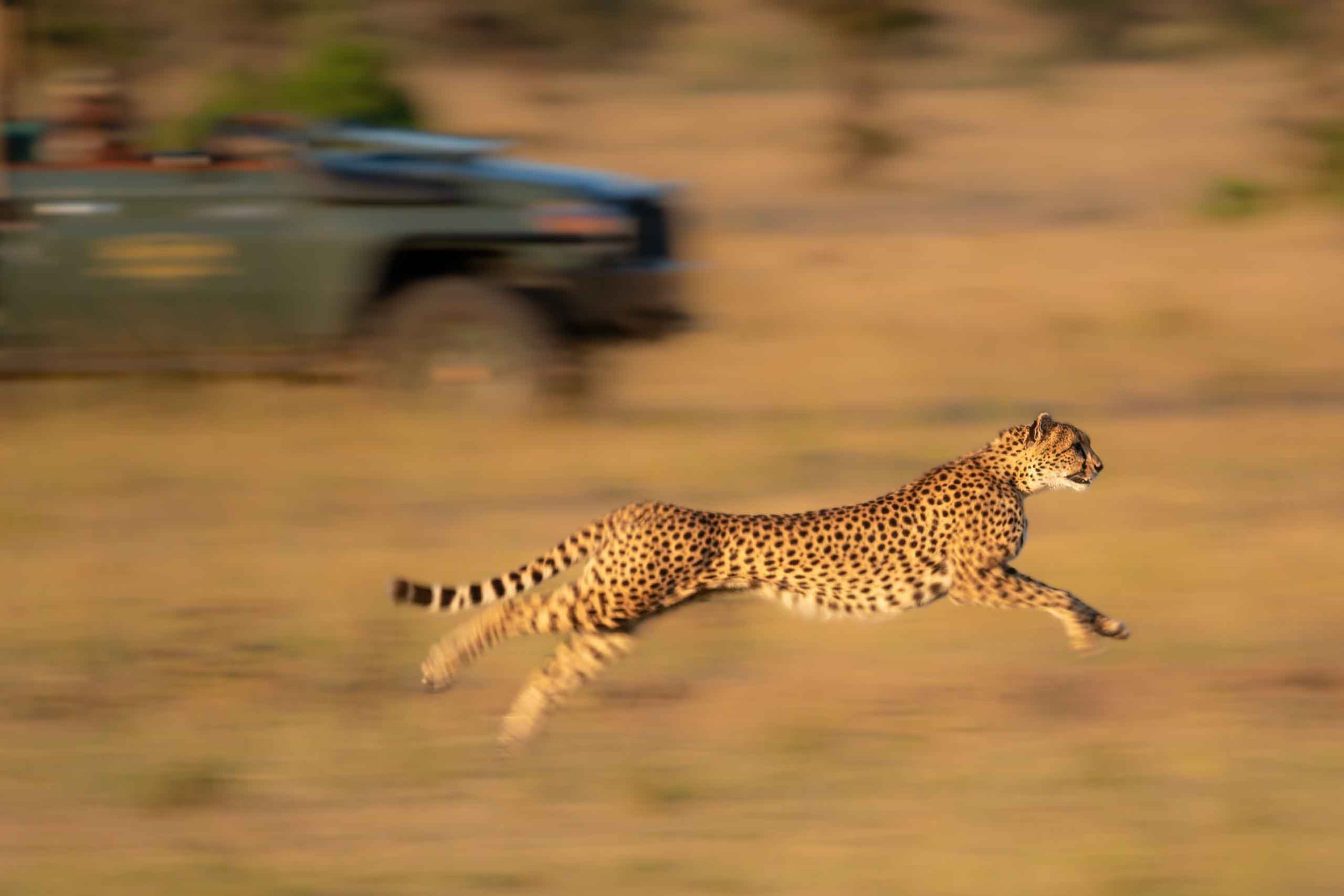
Experiment with Different Styles
Have you ever taken a slow pan shot or used focus stacking? Have you taken macro shots of the insects in your garden or stayed up all night to photograph star trails? If you haven’t, maybe you need to experiment a little bit more!
